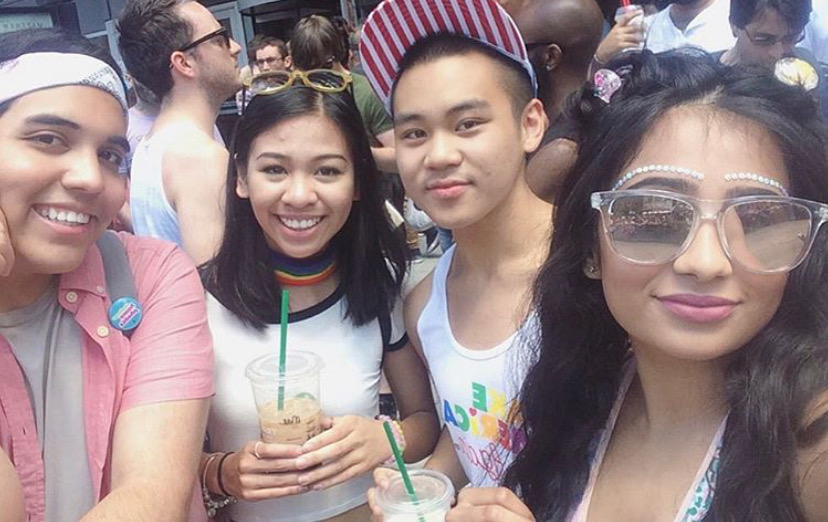Omar Quiroz | Contributor
Featured image courtesy of Omar Quiroz
Three years ago, an armed civilian walked into Pulse Nightclub in Orlando, Florida, and killed 50 unsuspecting people who were in attendance for a themed club night. At the time, the Pulse attack was one of the most violent mass shootings in the history of the United States — and the most vicious incident targeting LGBTQ+ people.
I had recently turned 20 years old when this happened to the south of our border. It had only been two years since I came out to friends who became family, and I was only beginning to truly understand the different layers to my identity; being LGBTQ+ is fabulously hard work.
Taking public transit on my way to work, I scrolled through Twitter, tweet after tweet mentioned Pulse: ABC News, CP24, The New York Times, Vice — it was everywhere. As I read more and more, I felt more and more targeted myself.
Many young people were around my age at the time they were shot and killed. Boom. Strike one.
Of those young people killed, most, if not all, were Hispanic. As am I. Boom. Strike two.
But that was in 2014. It was now 2016, and I had done absolutely nothing to be proud about being gay — or being Hispanic, as a matter of fact.
I deleted most Latino hip-hop music from my iTunes when a Caucasian girl from my school laughed and pointed at my iPhone screen in Grade 9. “Daddy Yankee?! That’s so ghetto,” she exclaimed. When it came to being gay, I was still nervous to say the words aloud, and I disliked voicing my thoughts on if I believed a boy was attractive or not. Boom. Strike three.
The next year of my life, subconsciously, became about understanding my identity and my roots. I wanted a seat at the fiercest table on Earth. However, to get there, I needed to find within myself the endless reasons why I should be proud of being who I am.
I was already out. I came out at my Grade 12 semi-formal with a boy who was cute, tall, and handsome as we slow danced to some cheesy school dance song. As his hands settled around my waist, and mine rested on his shoulders, others on the dance floor began to smile and point with support. I went to a very accepting arts high school, so I didn’t get the horrible treatment that is sometime depicted in our media; coming out can be very beautiful and fun, too.
I still had the blessing of living to see another day, and I didn’t want to take any day for granted.
And so, the year after Pulse, my life became a journey of self- discovery. A couple weeks after Pulse, I went to Toronto Pride for the very first time with some fantastic friends. I became openly comfortable with talking about boys with the people in my life who support me.
I also went back to Colombia for the first time in eight years. The last time I was there, I met with a family friend who was a psychic. He told me to never come out of the closet, so it’s safe to say that 13-year-old me was distraught, and never wanted to go back. I realized in that missed time, I lost out on the opportunity to be with family, and to visit a beautiful country.
On June 16, 2017, I got the equal sign tattooed on my wrist. It was the one year anniversary since the world was rocked by Pulse, and I truly became #PulseStrong. The tattoo is to honour the 50 beautiful, kind, and courageous people who lost their lives. They chose to live their lives authentically, without fear of persecution, and inspired me to do the same. It’s also a reminder that we are all equal, no matter our sexuality, ethnic background, religion, etc.
The world can feel so divided, especially in political climates like the one we are currently in, but trust me: finding a seat at the table you feel most comfortable at is truly a blessing. I feel thankful and blessed for the opportunity to surround myself by such colourful and vibrant people every day of my life, whether they’re LGBTQ+ or an ally.
I can’t wait for the day to come where I will be living in a beautiful home with a cute, tall, and handsome man and I will come home from my dream job and simply say, “Honey, I’m home!”

